Orton Standard Pyrometric Cones
Item: ORST
Description
Pyrometric cones are slender pyramids made from about 100 carefully controlled compositions. Each cone number is unique in measuring temperature within a small temperature range (less than 30°C). Cones measure the amount of heat absorbed. As the cone nears its maturing range, it softens and the tip begins to bend, drawn down by the influence of gravity.
Standard cone heating rate °C per hour
Download here the chart
Whatever temperature indicator or controller is used to control a firing it is strongly recommended that Orton cones additionally be used since they monitor heat work rather than temperature. They reliably monitor the effect of heat on the ware load and also the heat balance in various areas of the kiln.
Additional Info
A pyrometer measures temperature, but pyrometric cones measure heatwork. They are made of the same ceramic materials as our wares, so cones respond to firing the same way our clays and glazes do. Cones are designed to respond at consistent intervals that, when the cones are used correctly, will remain consistent throughout the kiln and from one firing to the next. Pyrometric cones have several practical uses in the ceramics studio. As firing measurement, witness cones (viewed through a kiln spy/peep hole) are the most accurate measure of a kiln’s firing progress, and for deciding when to shut down the kiln. Since cones act like clay and glaze, some ceramic artists fire “cones only” (often for wood, salt, and raku)—no pyrometers, kiln sitters, etc.
Cones are good safety nets in both computer- and sitter-fired kilns. In addition, they are important for calibrating your kiln sitters and customized firing schedules. Using cone packs throughout a kiln can give information about the evenness of the heatwork throughout the kiln, and stacking adjustments can be made to minimize cone differences. Even atmosphere and ventilation information can come from your cones (bloating, colour change, hardshelling).
Always wear appropriately rated welding goggles when viewing cones in a kiln firing. Prolonged exposure to infrared light and intense heat can be damaging to both the retina and cornea.
Pyrometric cones have been engineered to respond to two things, the first is low melt viscosity. As the heatwork in the kiln increases, the cone begins to melt. It develops a glass phase, and as it does, that glass phase becomes less viscous. It begins to flow.
Cones are engineered to respond to gravity as well. The cone form is designed with a spine that is the longest and strongest edge. It positions the cone in an 8° tilt away from vertical when the cone is stood on its base. In this tilted position, gravity takes hold of the cone and pulls. As heatwork increases and the glass-phase viscosity drops, gravity’s effect on the cone becomes apparent, and it bends toward its bending face – much like a bowl on the wheel when the clay is too soft, and the flare becomes too wide. The cone is having a precision flop.
The cone numbering system has a virtual zero in the centre. Much like negatives numbers in math, cones farthest left of zero are lower heatwork than those closer to zero. These numbers on the left have an 0 (“oh”) in front of them. This 0 is not just a place holder. It is spoken, not as zero, but as “oh.” Cone 04 is very different than cone 4. Always say the “oh.” It indicates left-of-zero.
Cones are made for a range of heatwork measurements. The standard spectrum for studio ceramics spans cone 022 to cone 12, covering four firing ranges: ultra-low-, low-, mid-, and high-fire. Ultra low includes firing for lustres, onglazes, enamels, decals, and glass work . The bold-faced cones (018, 04, 6, and 10) are team captains of their zones, the archetypal cone used in that firing range.
Product Video
Customer Reviews








Collect in Store
This item is available for collection.

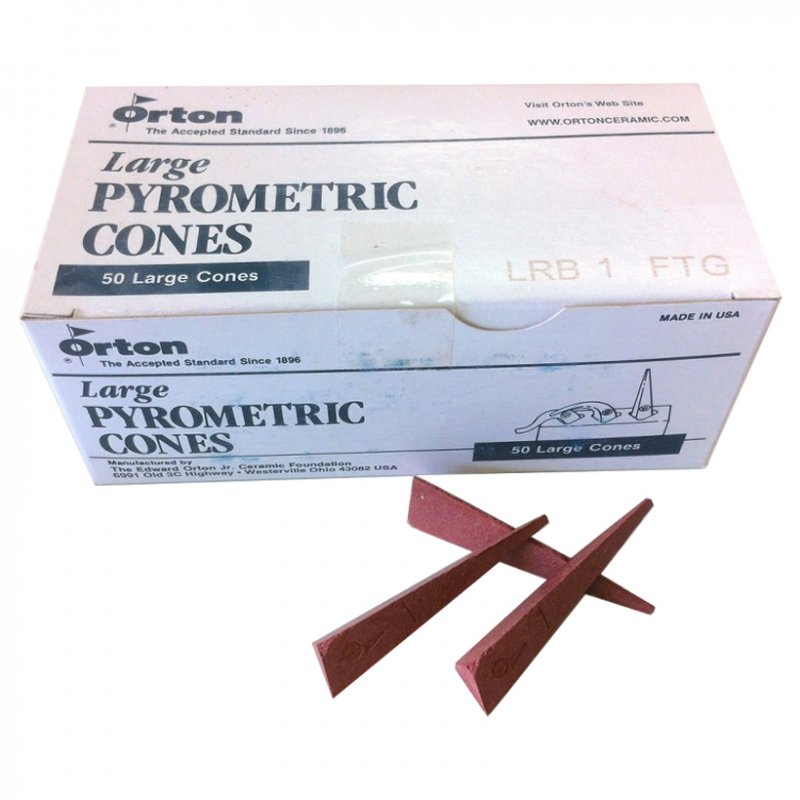


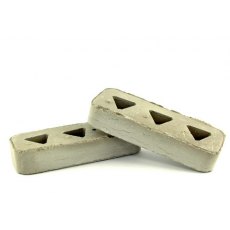
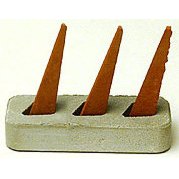
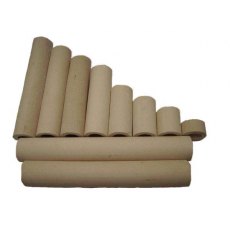
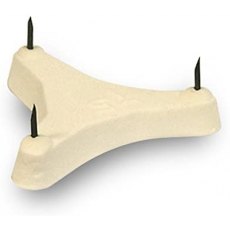
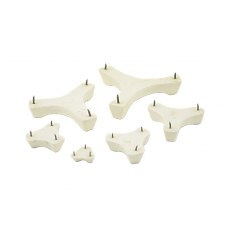
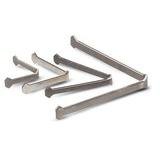
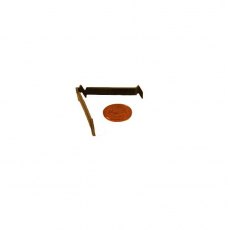
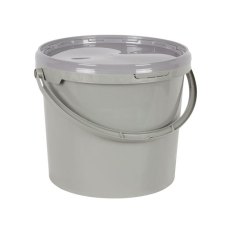
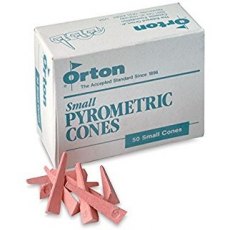
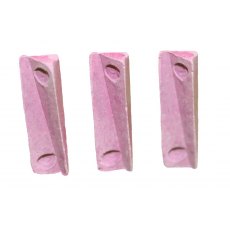
Share
Orton Standard Pyrometric Cones
Facebook Twitter Email Pinterest Telegram